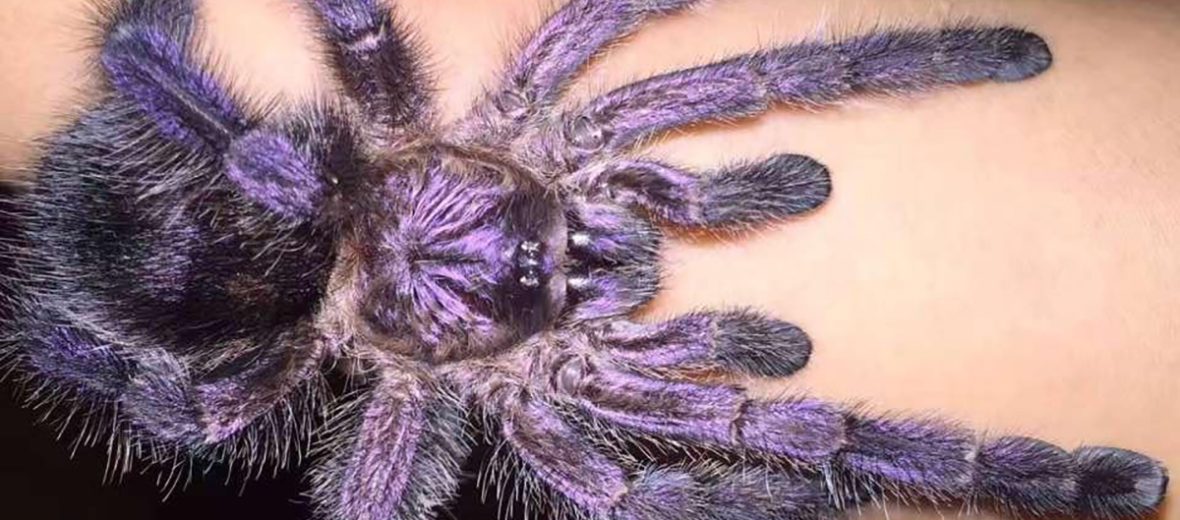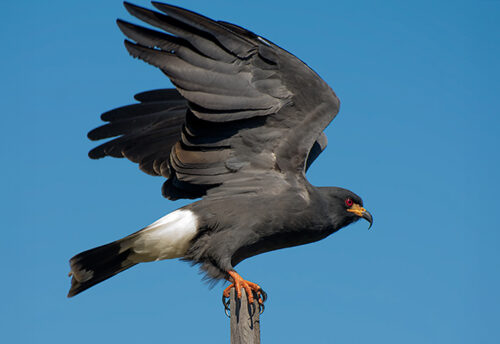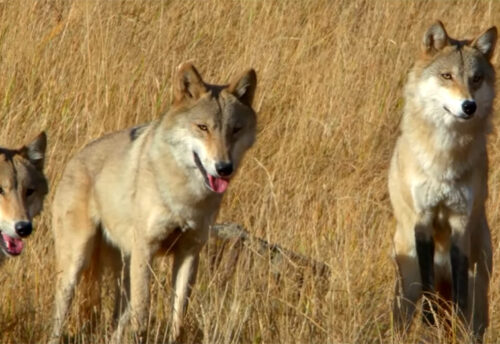
The purple tree tarantula, aka Ecuador purple pinktoe, purple tarantula, or Ecuadorian purple tarantula, hails from the Amazonian region of Ecuador. These critters belong to the family Theraphosidae. They prefer agricultural areas, tree-lined fields with cattle, and nooks of buildings. These tarantulas are not currently evaluated by the IUCN. This article is on special request from my friend Jessica.
First the Stats…
Scientific name: Avicularia purpurea
Weight: Up to 2 ounces
Length: Up to 5.1 inches
Lifespan: Up to 12 years
Now on to the Facts!
1.) As their name suggests, these arachnids are primarily arboreal (spend their lives in trees).
2.) Crickets, cockroaches, waxworms, meal worms, and darkling beetles are all on the menu. However, they will also take young rodents as well, like pinky mice and rats.
3.) These tarantulas are typically a bit skittish, but not too defensive.
4.) They can jump upwards of 2+ inches.
5.) Like all tarantulas, the females can live up to twice as long as the males.
But wait, there’s more on the purple tree tarantula!
6.) While not particularly venomous, their bite will cause definite pain. Equal to that of about twice that of a bee sting.
7.) Like other tarantulas, the females can become quite defensive around males.
Did you know…?
As a defensive measure, if threatened, they will fling feces (poop) at their perceived threat. They can also kick urticating hairs, like all tarantulas.
8.) Females lay upwards of 120 eggs in a cocoon.
9.) Up to 8 weeks later the slings, aka nymphs, hatch and are precocial (self sufficient).
10.) Arboreal snakes and reptiles, birds, and larger arachnids all prey on these beautiful arachnids.
11.) These, like so many other tarantulas, are nocturnal (active at night).
Now a Short Purple Tree Tarantula Video!
This video talks about tarantulas in general.
Be sure to share & comment below! Also, check out the Critter Science YouTube channel. Videos added regularly!
Want to suggest a critter for me to write about? Let me know here.
Some source material acquired from: Wikipedia & IUCN



